SaaS Sprawl: A growing, global software storm
REPORT
The SaaS Sprawl Snapshot 2025
Uncovering the impact and extent of SaaS sprawl in organizations around the globe
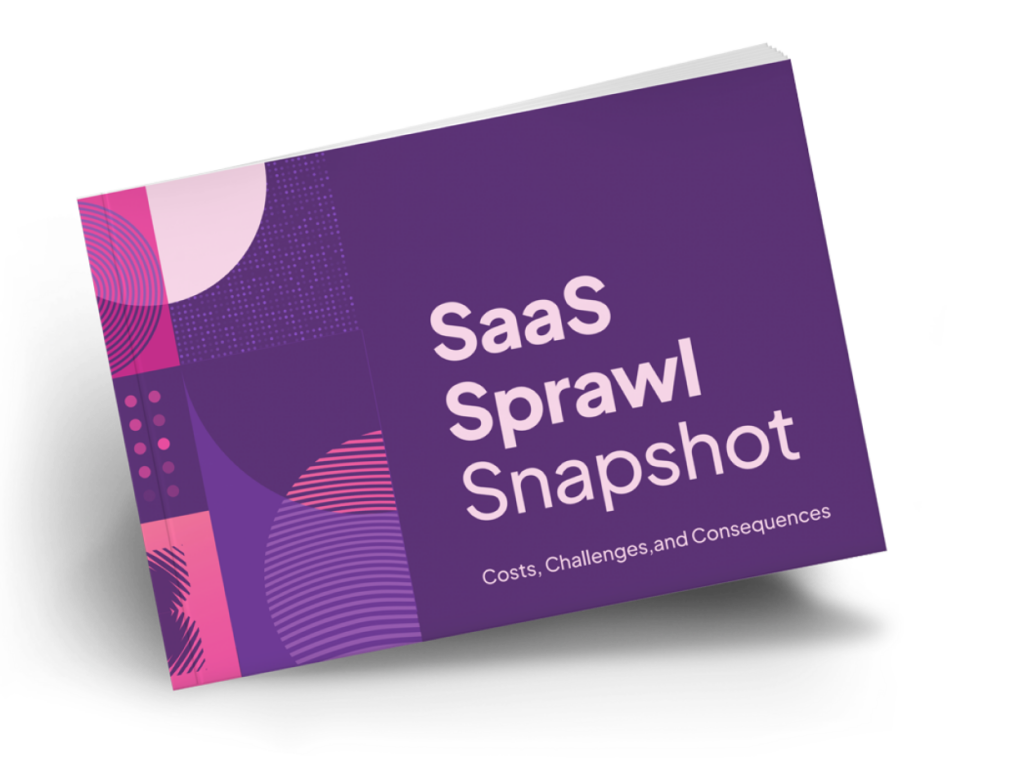

A growing, global software storm
After decades of unchecked adoption, companies are drowning in disconnected, redundant SaaS solutions … often without realizing the effects this sprawl is having on their business.
The ease of software adoption has fueled a bottom-up buying frenzy, leading to shadow IT, fragmented governance, and little oversight for consolidation.
What was meant to boost productivity is now eroding it — bloating budgets, creating redundancies, and undermining efficiency.

The survey
Nintex surveyed 2,000 IT decision-makers across Australia, the United Arab Emirates (UAE), the United Kingdom, and the United States.
The findings are clear: Mid-market organizations around the globe are drowning in software. What began as a wave of innovation has now become a tide of complexity that is costing teams time, money, and momentum.
This is a global efficiency crisis for organizations — one that demands immediate action from IT leaders.
The report uncovers the true cost of SaaS sprawl, breaks down country-specific trends, and outlines a roadmap for regaining control in an era of runaway software growth.
51
%
of mid-market organizations have between 100 and 300 SaaS tools in their tech stack.
That’s one tool for every five employees
41
%
are adding new tools every one to three weeks, surpassing their capacity to govern them effectively.
That means they’re on track to add 50 more tools in 2025
90
%
of organizations claim their SaaS tools are entirely or mostly integrated, but only 35% say that their tech stack is entirely integrated.
That means there’s a disconnect/more processes and data are siloed
84
%
of all mid-market IT leaders indicate that software sprawl has a moderate to major impact on their budgets.
That means sprawl isn’t just annoying — it’s actively leaking money
The numbers are in
SaaS sprawl is costing more than you think

When combined, these conditions have created the perfect software storm that continues to grow in intensity.
SaaS sprawl around the world
Software sprawl is at the heart of a global efficiency crisis that’s draining budgets, stalling workflows, and straining operations for organizations.
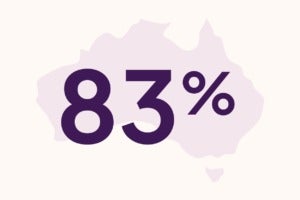
83%
of Australian organizations say SaaS sprawl has a moderate to major financial impact on their business operations.

93%
of mid-market UK organizations have integrated SaaS tools into their tech stacks, but only 34% say they are fully integrated.

60%
of organizations in the UAE have 201-300 SaaS tools.
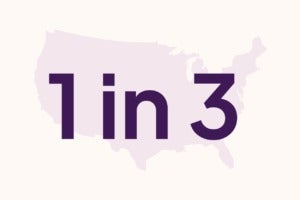
1 in 3
organizations in the United States are adding tools to their SaaS stack at the fastest clip.
The bigger picture
Ultimately, IT leaders around the world (96%) believe that addressing software sprawl is a moderate or high priority. But SaaS sprawl isn’t just a budget and IT management issue — it’s a business process problem that affects operational efficiency, growth potential, and customer satisfaction:
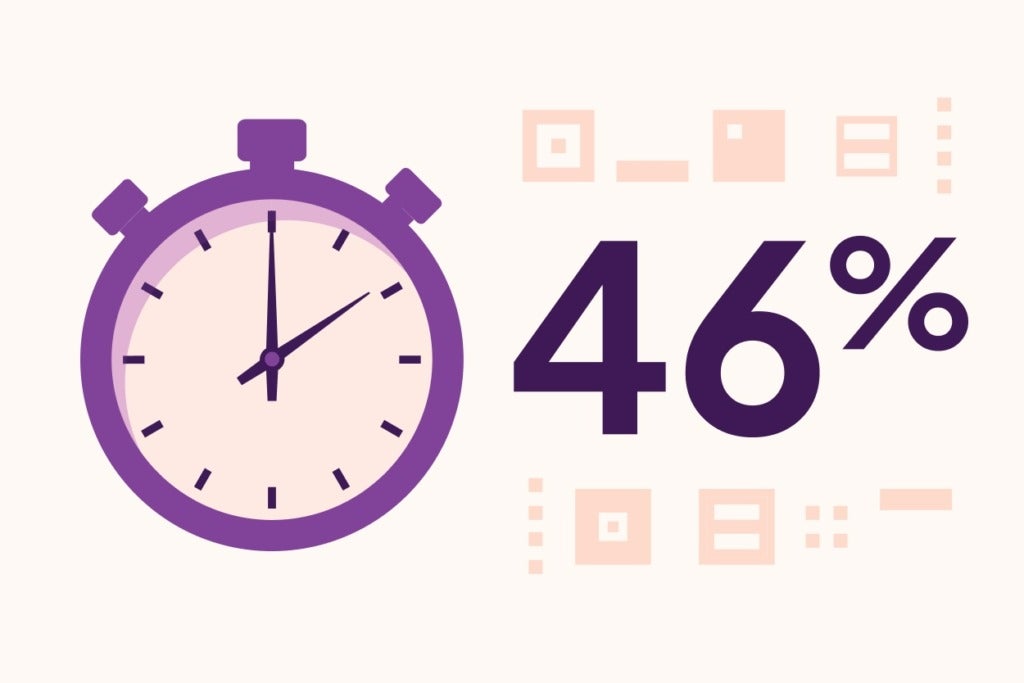
experience workflow and approval delays.
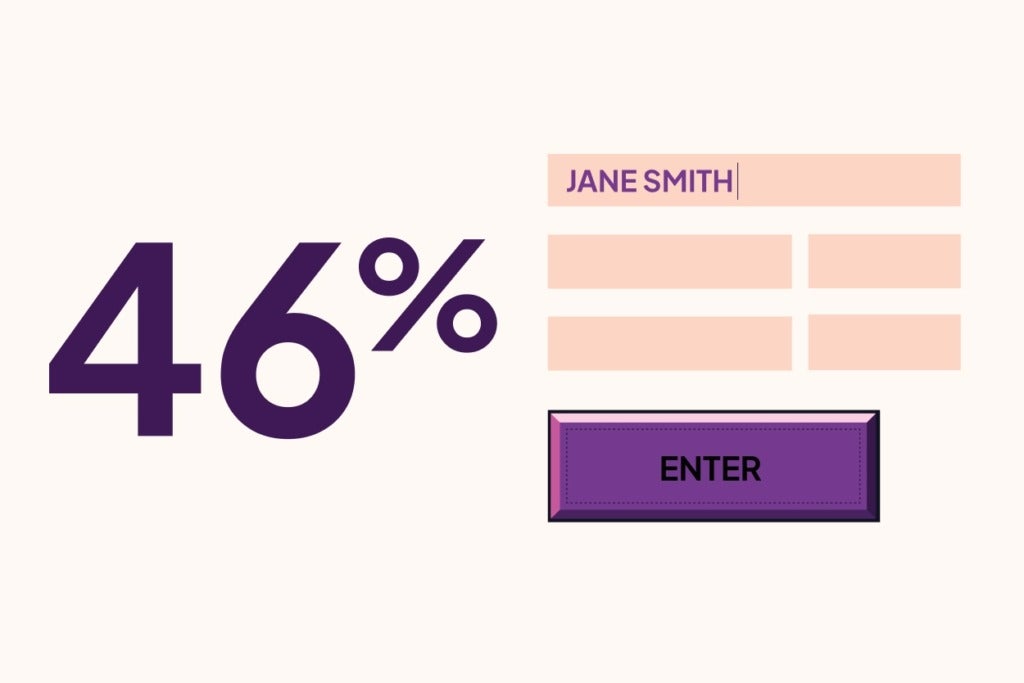
contend with manual data entry and duplication.
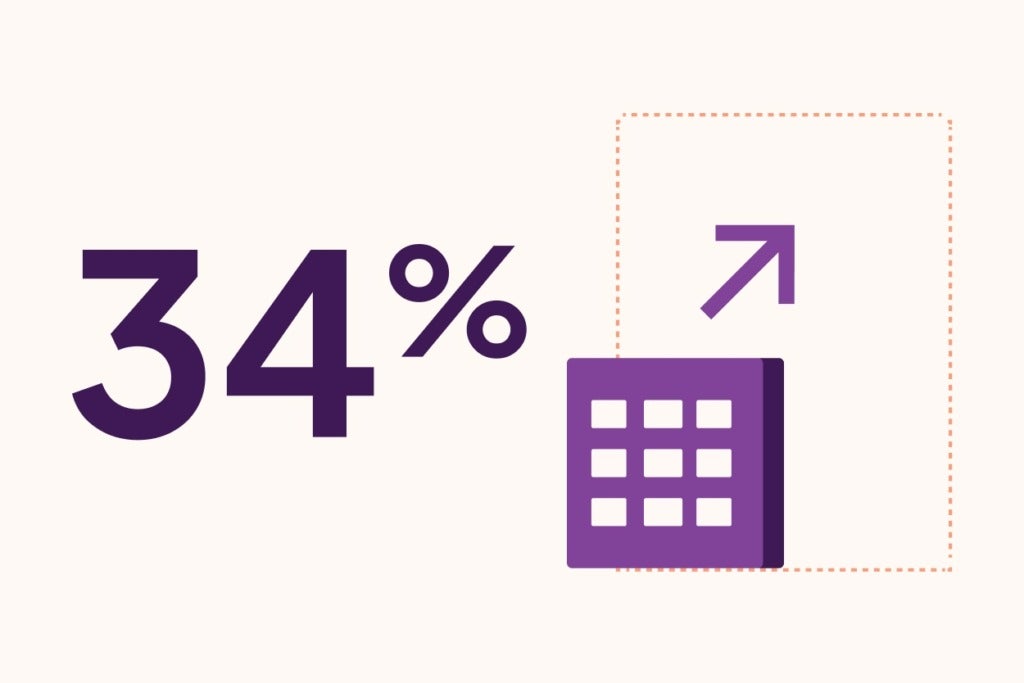
face challenges in scaling operations.
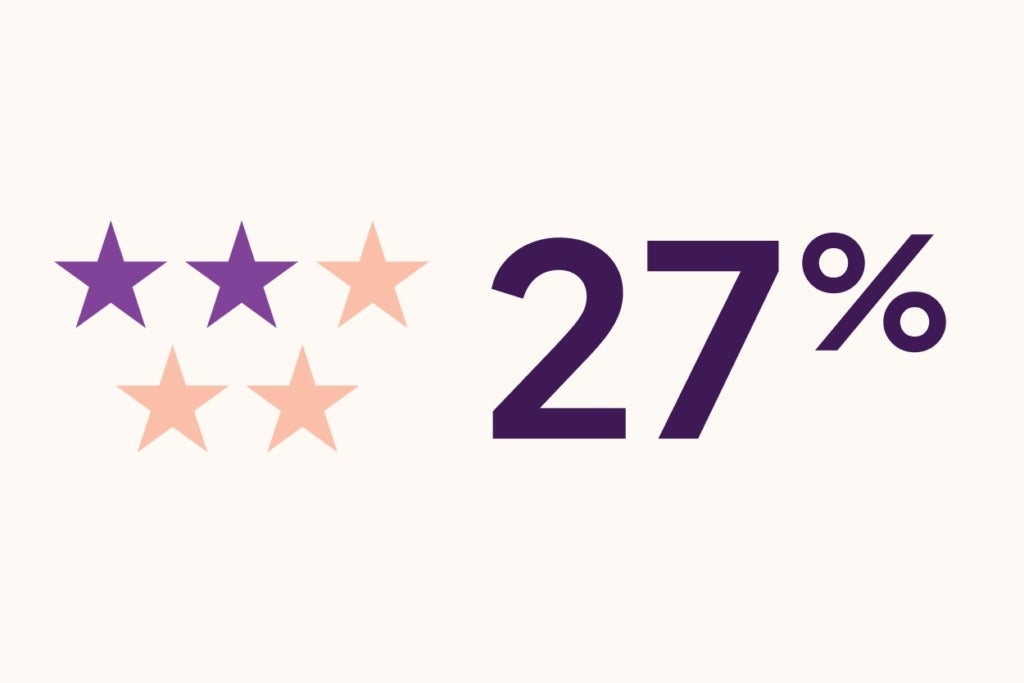
report poor customer experiences due to disconnected systems.

Customer Testimonials

The insights
Despite high rates of claimed integration, most companies are still battling manual processes, fractured workflows, and data chaos. AI adoption is growing, but it’s often reactive rather than strategic. And too often, the responsibility of solving software sprawl sits squarely with IT — without the cross-functional support required for true transformation.

The next steps
There is a path out of SaaS sprawl — one that leads to efficiency, innovation and growth. IT leaders have a powerful opportunity to shift from software overload to software orchestration. By consolidating platforms, embracing intelligent automation, and putting process orchestration at the center of digital strategy, organizations can turn SaaS sprawl into streamlined scalability.

See for yourself
Put Nintex to the test
Because seeing is believing, let us give you a firsthand look at how Nintex can work for you.